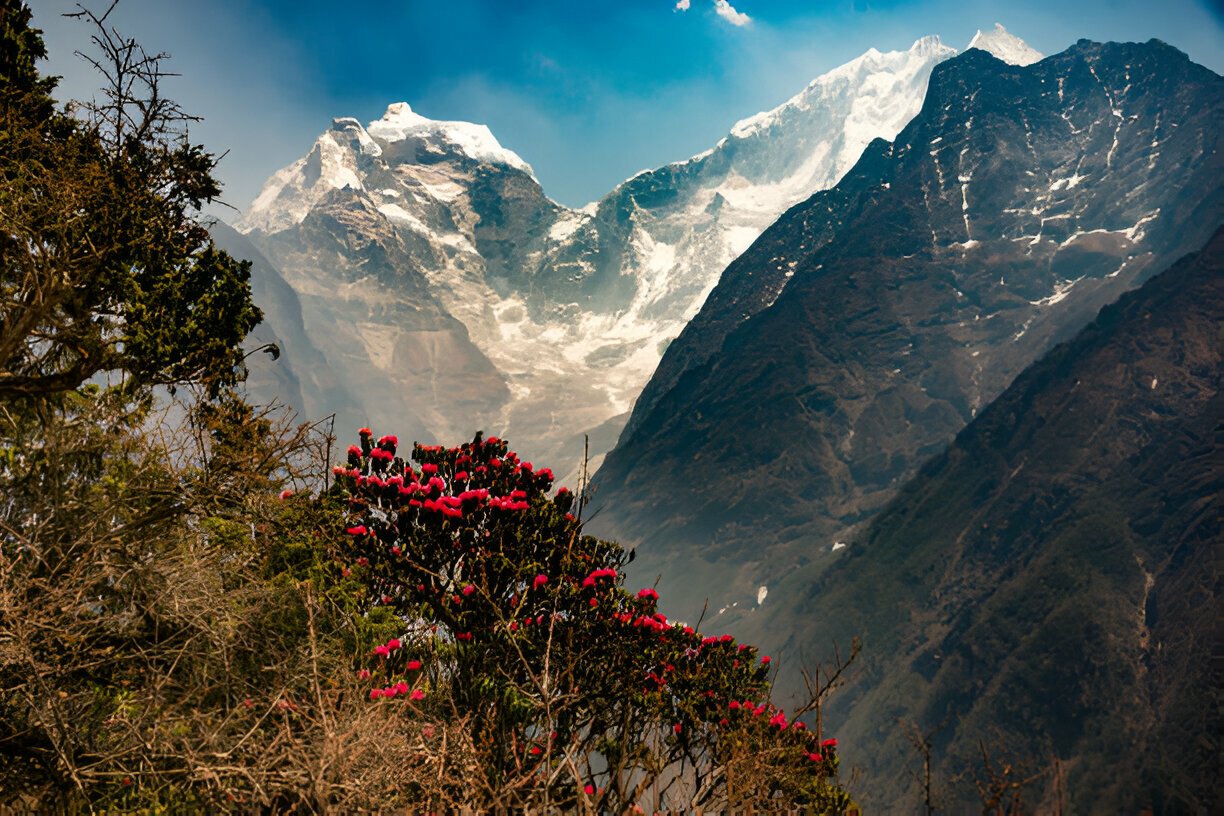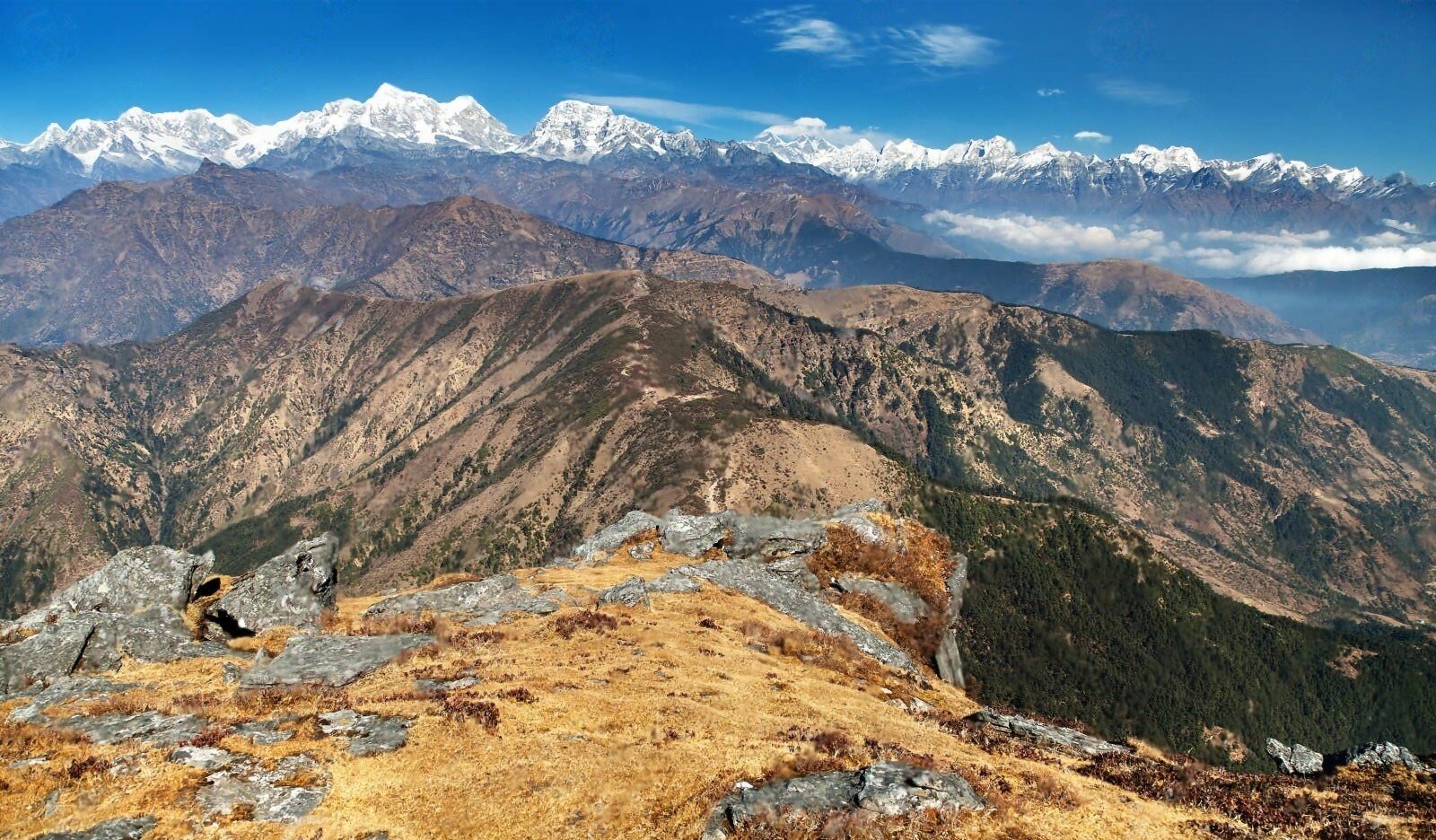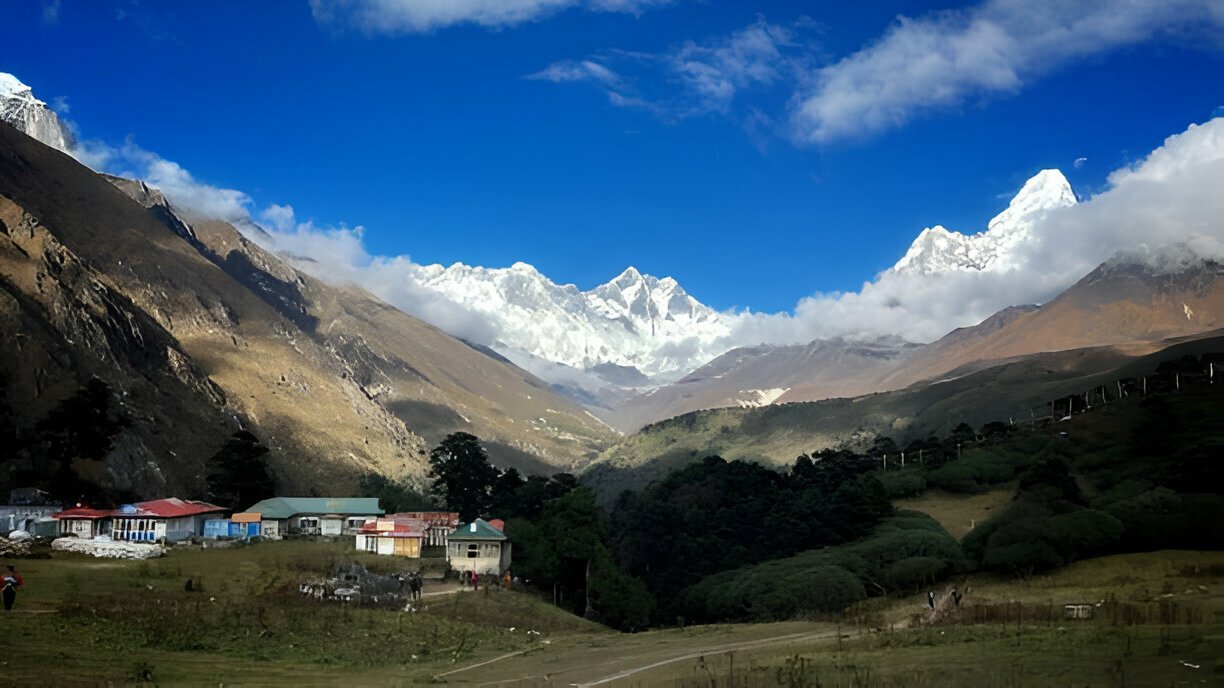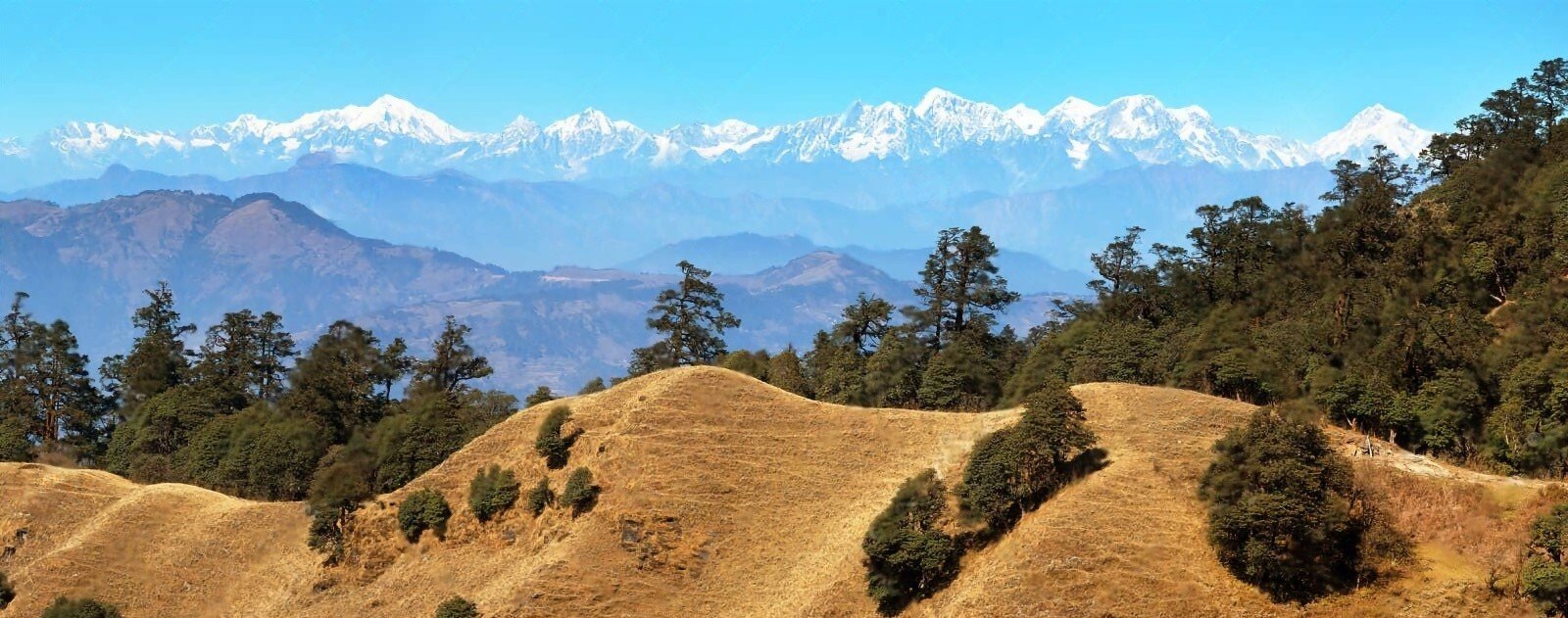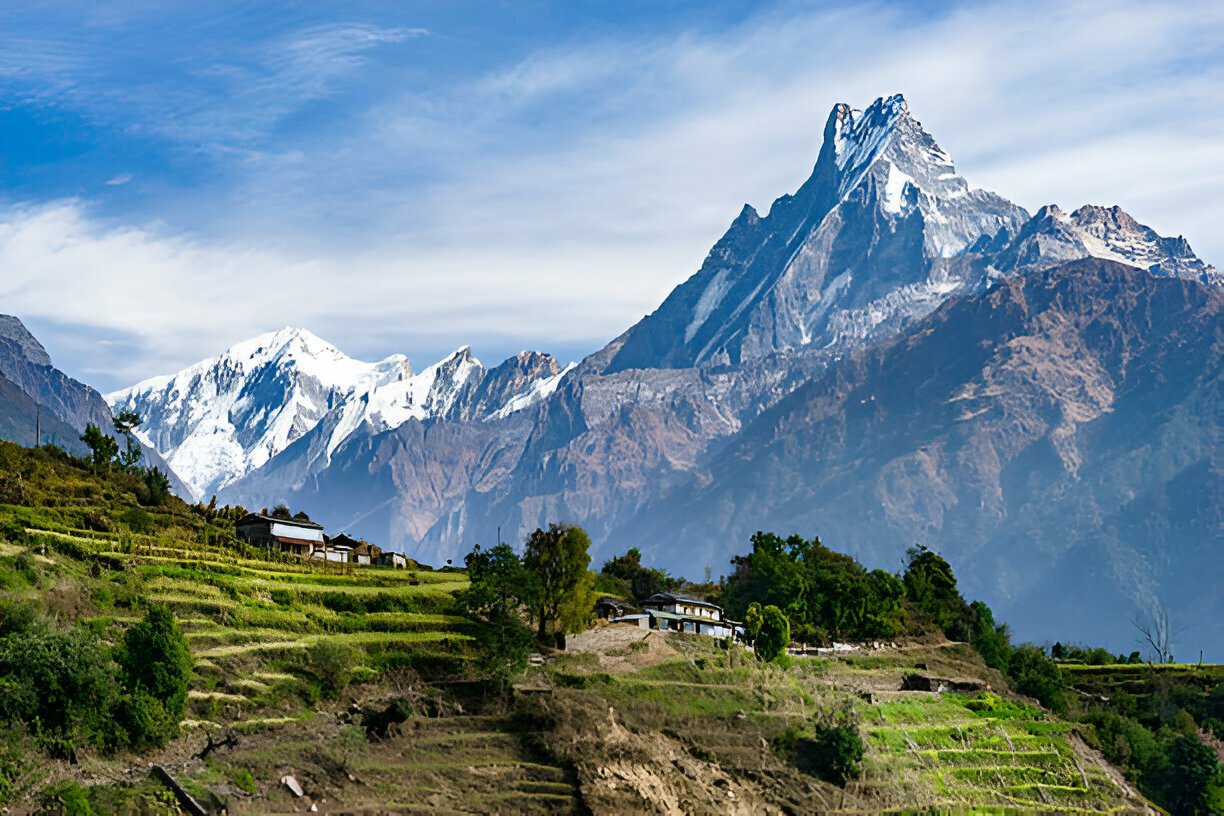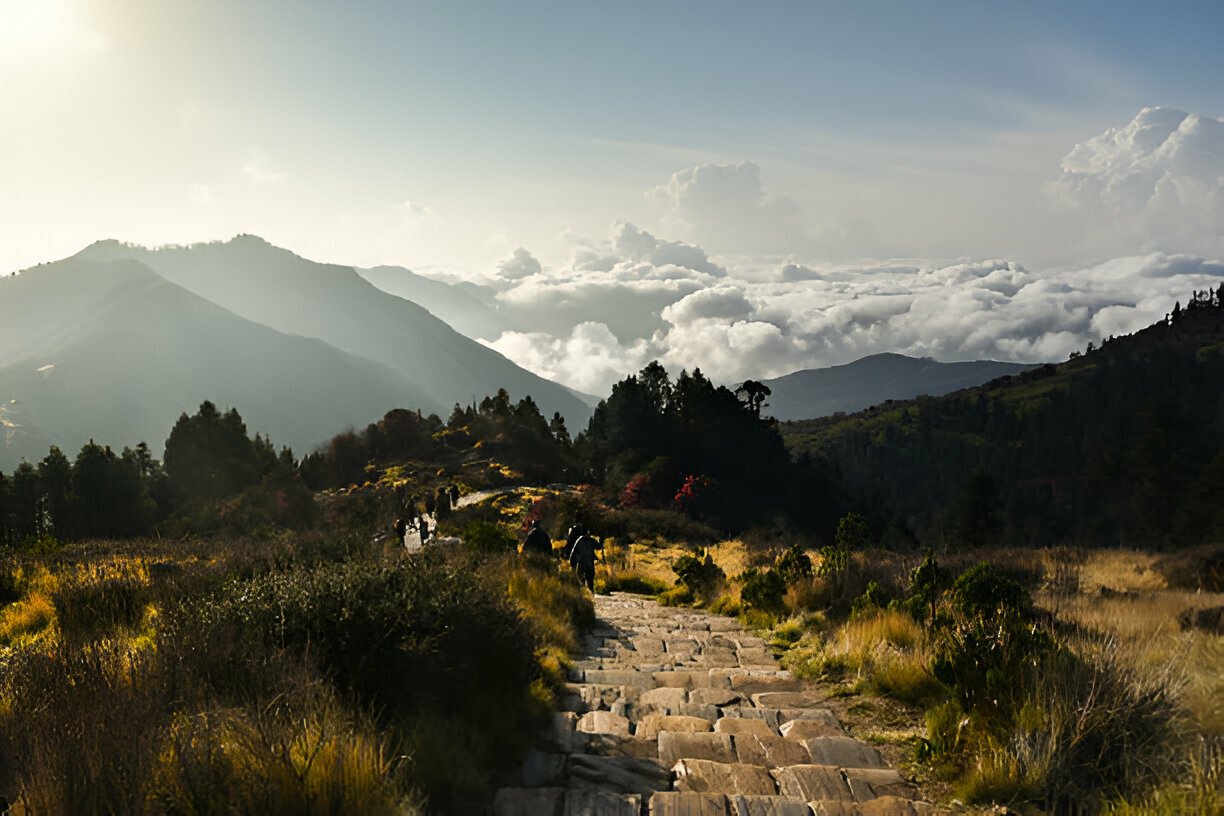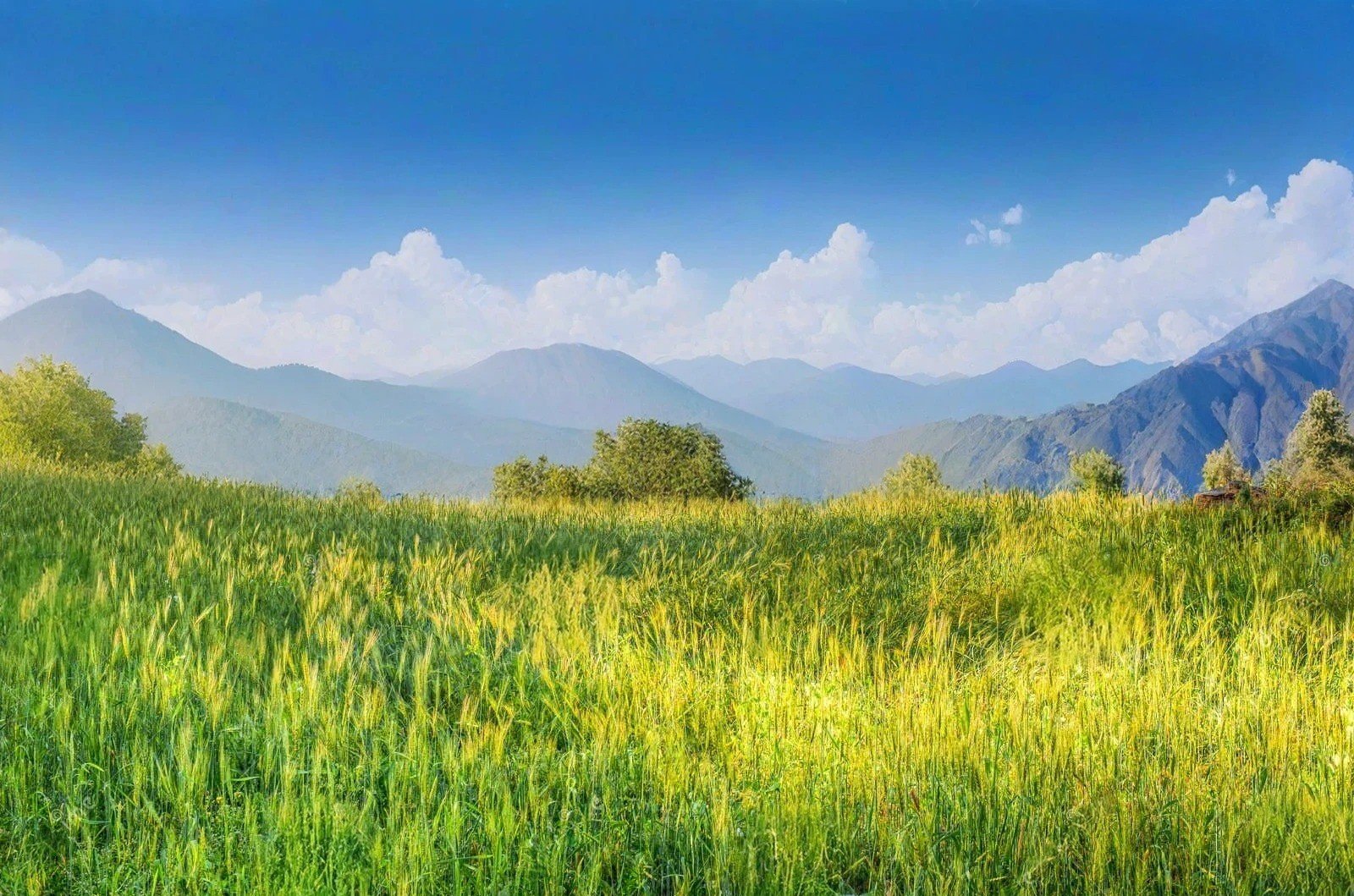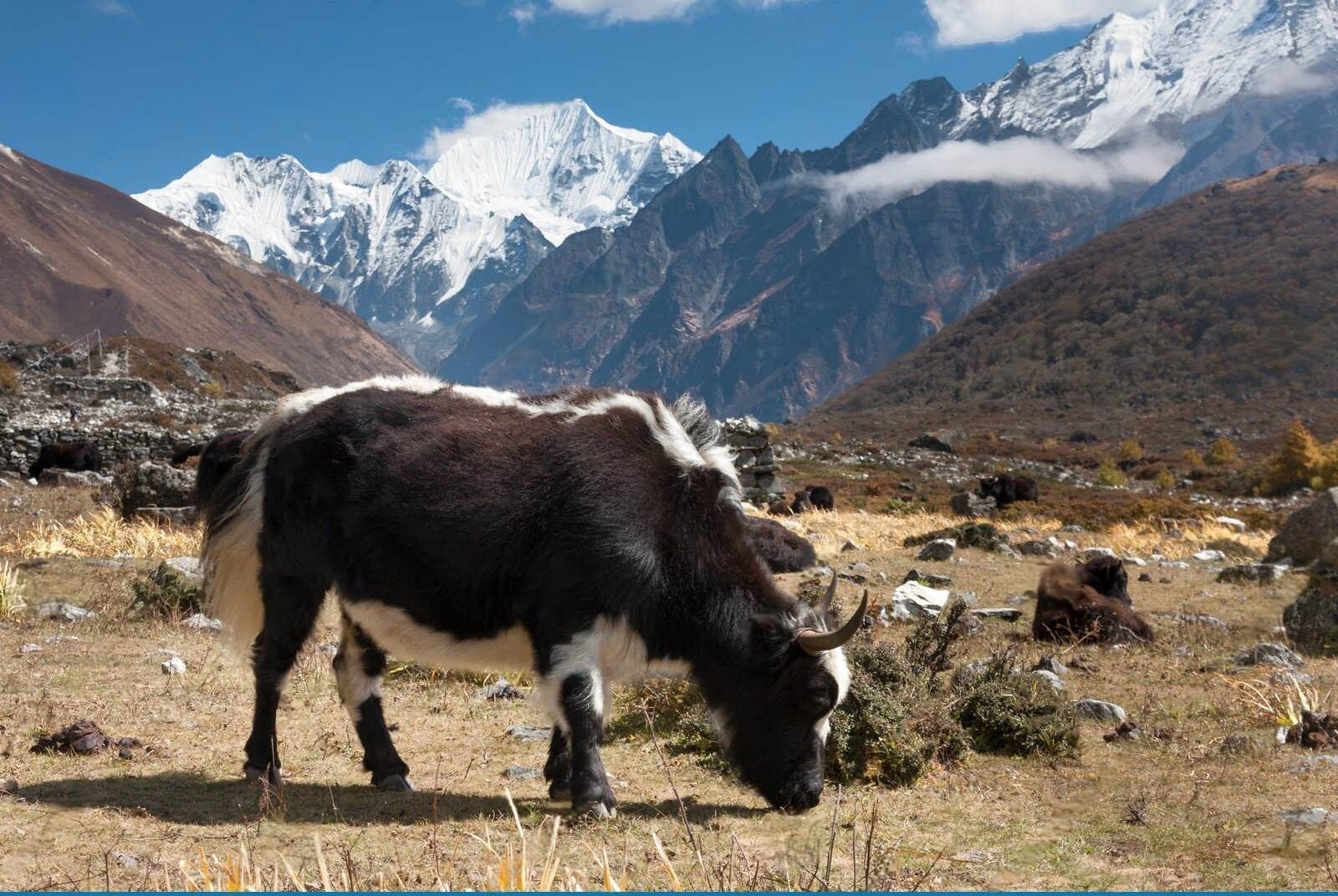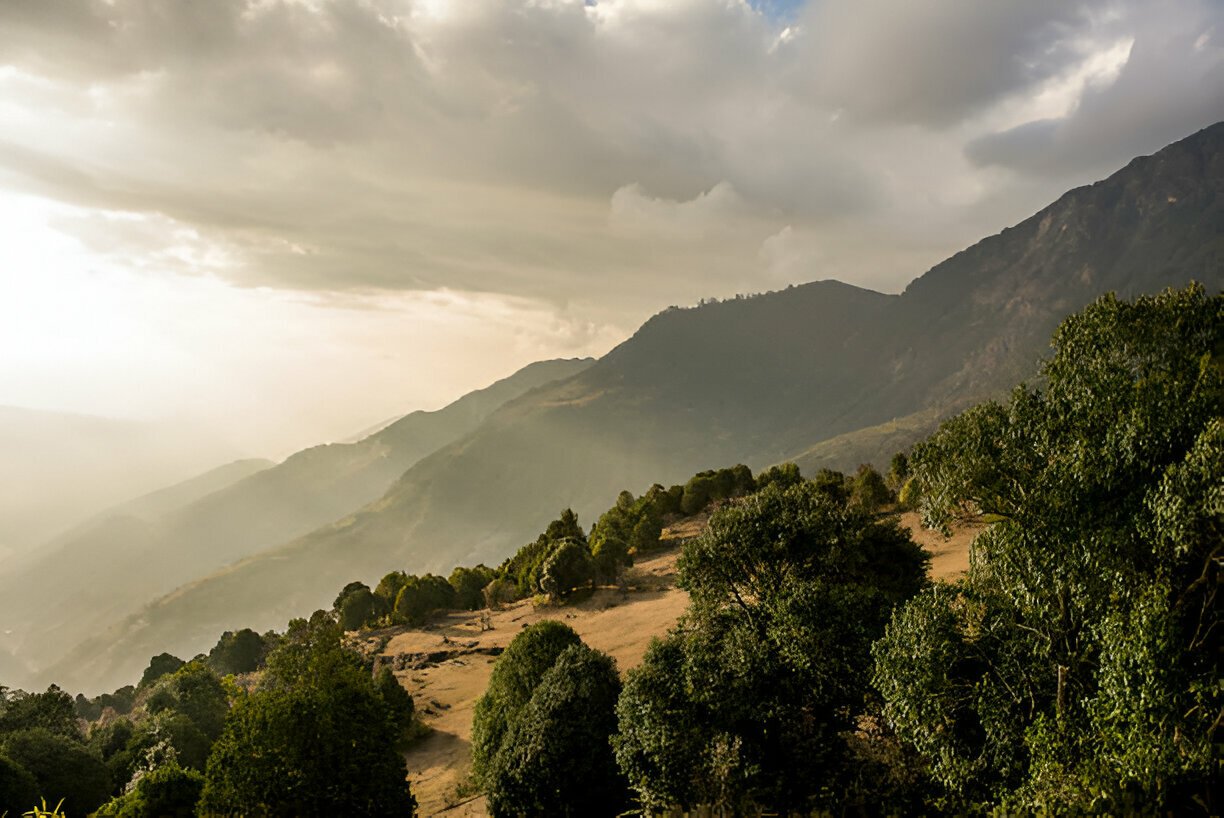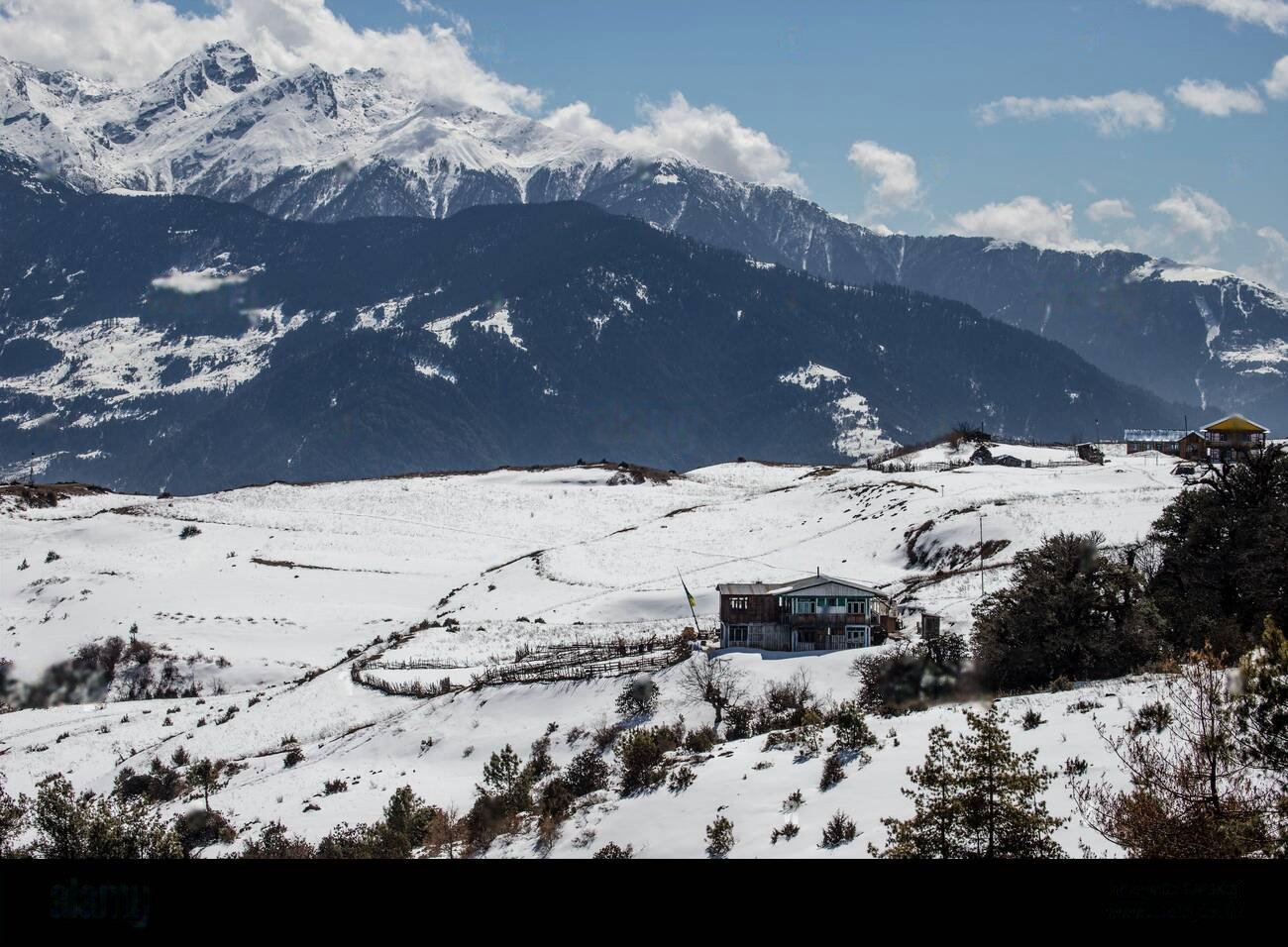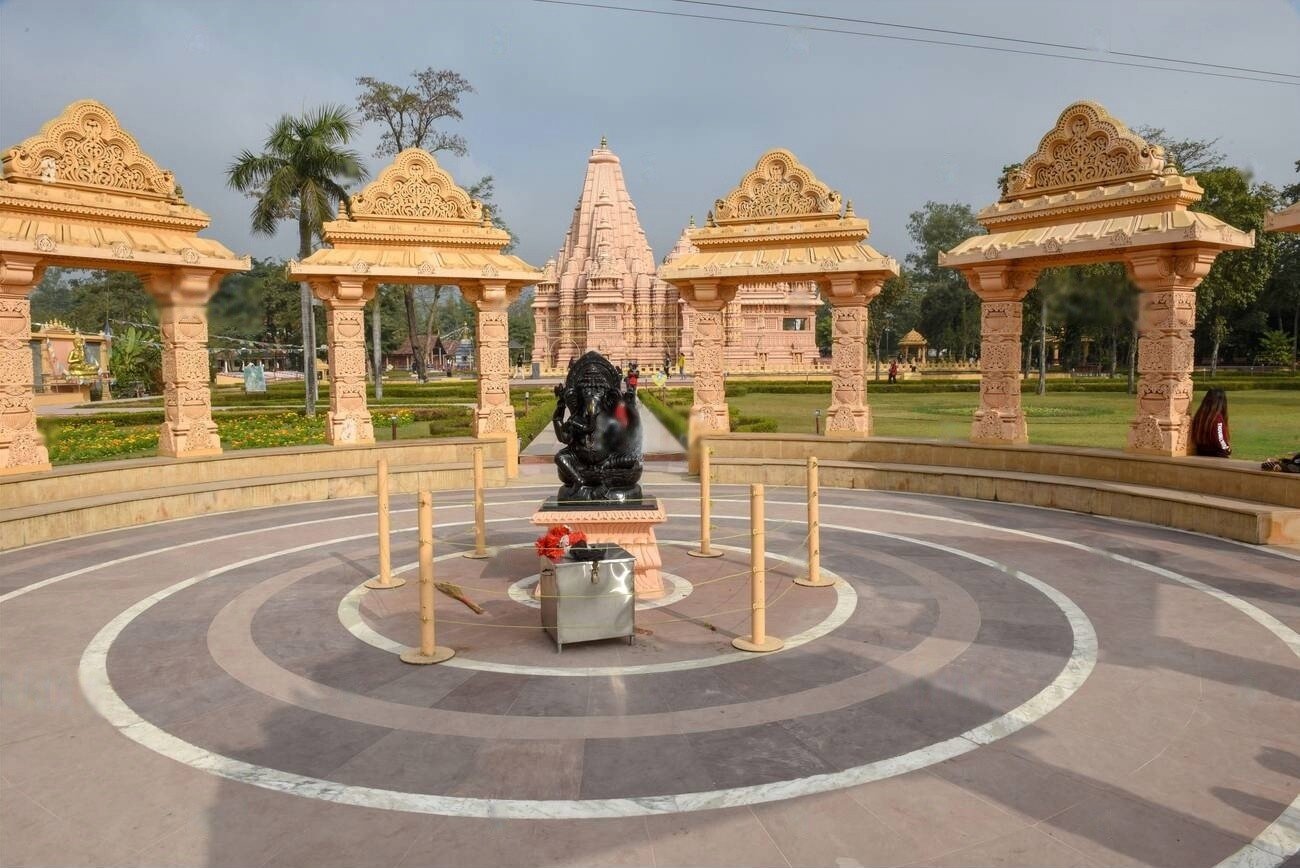 Detailed Information
Detailed Information
Shaswat Dham offers a distinctive spiritual experience that harmoniously blends ancient Hindu traditions with modern environmental consciousness, creating a sanctuary that feels both timeless and contemporary. What sets this sacred complex apart is its accessible approach to profound spiritual concepts, presenting traditional Vedic wisdom through immaculately maintained grounds and thoughtfully designed spaces that appeal to both devout practitioners and casual visitors.
As you approach the complex along the tree-lined entrance path, the brilliant white marble structures emerge against the backdrop of green hills, creating an immediate sense of entering a realm apart from everyday concerns. The visual centerpiece a towering white Shiva temple with distinctive architecture inspired by both Himalayan and South Indian temple traditions draws visitors inward toward the spiritual heart of the complex.
The experiential journey revolves around the concept of darshan (sacred viewing) and pradakshina (ritualistic circumambulation). Visitors move through the complex in a prescribed sequence, beginning with the central Shiva temple housing the impressive 21-foot statue that depicts the deity in serene meditation. The interior atmosphere, with sunlight filtering through alabaster windows to illuminate the divine figure, creates an immediate sense of reverence. From this central point, pathways lead to the replicas of the twelve Jyotirlingas, each housed in its own shrine and representing a different aspect of Shiva's divine presence as worshipped across the Indian subcontinent.
The cultural significance of Shaswat Dham extends beyond religious practice to encompass environmental stewardship and educational outreach. The complex incorporates sustainable design elements, including rainwater harvesting, solar energy, and organic gardening practices that demonstrate the founders' commitment to ecological responsibility. The on-site gaushala (cow sanctuary) and ayurvedic herb garden showcase practical applications of traditional Vedic knowledge in addressing contemporary challenges.
Throughout the day, the atmosphere at Shaswat Dham shifts subtly. Early morning brings local devotees for sunrise prayers and meditation, creating a deeply authentic spiritual ambience. By mid-morning, educational groups and tourists arrive, adding a more diverse energy as guides explain the philosophical and cultural significance of different elements. Afternoon sees elderly visitors quietly meditating in shaded pavilions, while the approaching sunset brings families making offerings at the various shrines. This natural rhythm reflects Shaswat Dham's success in creating a space that serves multiple purposes spiritual center, cultural preservation project, environmental showcase, and community gathering place without compromising its sacred atmosphere.
Shaswat Dham offers a distinctive spiritual experience that harmoniously blends ancient Hindu traditions with modern environmental consciousness, creating a sanctuary that feels both timeless and contemporary. What sets this sacred complex apart is its accessible approach to profound spiritual concepts, presenting traditional Vedic wisdom through immaculately maintained grounds and thoughtfully designed spaces that appeal to both devout practitioners and casual visitors.
As you approach the complex along the tree-lined entrance path, the brilliant white marble structures emerge against the backdrop of green hills, creating an immediate sense of entering a realm apart from everyday concerns. The visual centerpiece a towering white Shiva temple with distinctive architecture inspired by both Himalayan and South Indian temple traditions draws visitors inward toward the spiritual heart of the complex.
The experiential journey revolves around the concept of darshan (sacred viewing) and pradakshina (ritualistic circumambulation). Visitors move through the complex in a prescribed sequence, beginning with the central Shiva temple housing the impressive 21-foot statue that depicts the deity in serene meditation. The interior atmosphere, with sunlight filtering through alabaster windows to illuminate the divine figure, creates an immediate sense of reverence. From this central point, pathways lead to the replicas of the twelve Jyotirlingas, each housed in its own shrine and representing a different aspect of Shiva's divine presence as worshipped across the Indian subcontinent.
The cultural significance of Shaswat Dham extends beyond religious practice to encompass environmental stewardship and educational outreach. The complex incorporates sustainable design elements, including rainwater harvesting, solar energy, and organic gardening practices that demonstrate the founders' commitment to ecological responsibility. The on-site gaushala (cow sanctuary) and ayurvedic herb garden showcase practical applications of traditional Vedic knowledge in addressing contemporary challenges.
Throughout the day, the atmosphere at Shaswat Dham shifts subtly. Early morning brings local devotees for sunrise prayers and meditation, creating a deeply authentic spiritual ambience. By mid-morning, educational groups and tourists arrive, adding a more diverse energy as guides explain the philosophical and cultural significance of different elements. Afternoon sees elderly visitors quietly meditating in shaded pavilions, while the approaching sunset brings families making offerings at the various shrines. This natural rhythm reflects Shaswat Dham's success in creating a space that serves multiple purposes spiritual center, cultural preservation project, environmental showcase, and community gathering place without compromising its sacred atmosphere.
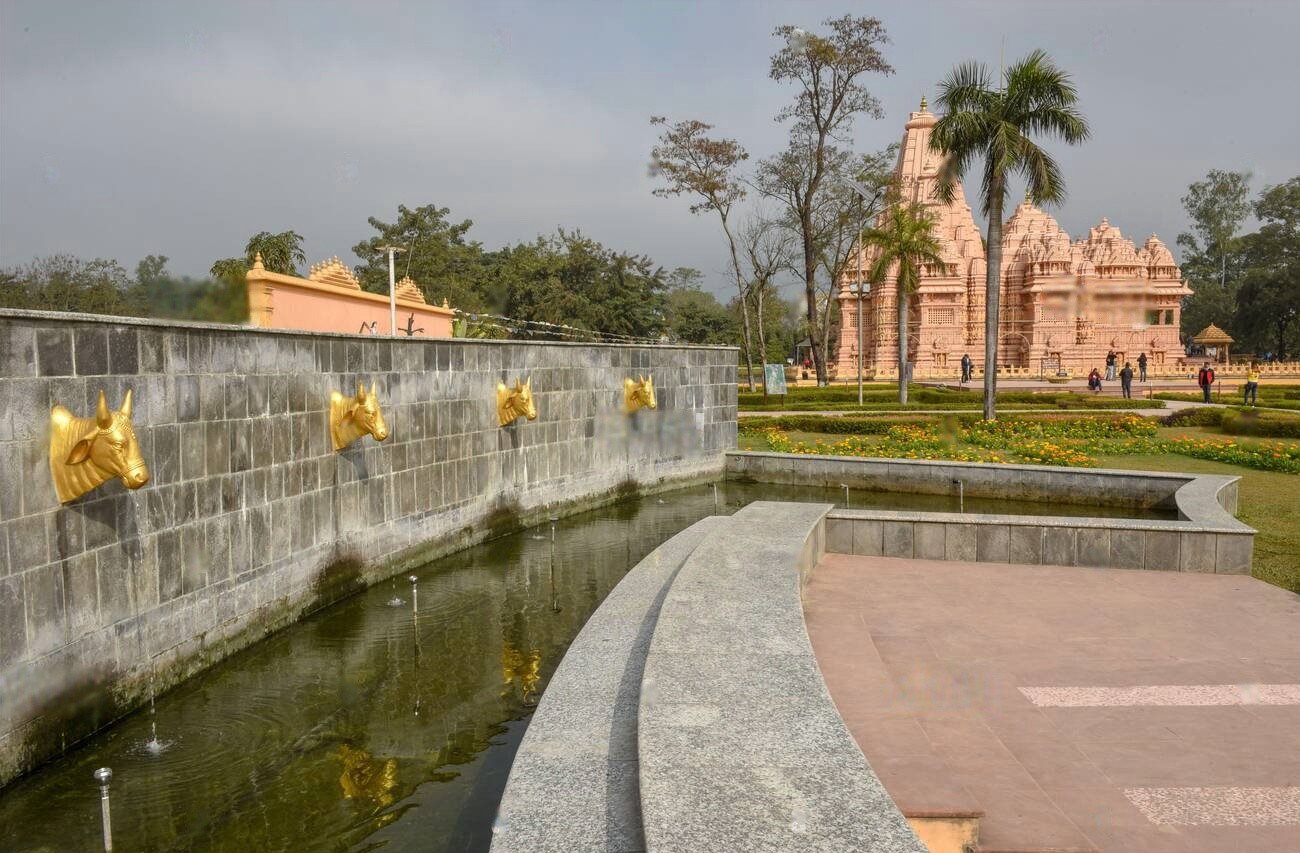
From $0
Price Varies from Group Size
Success
Here goes about why the success toast occurred.
 Activity Outline
Activity Outline
Sunrise at the Central Shiva Temple
The Twelve Jyotirlinga Circuit
Sacred Ecology and Gaushala
Meditation Session and Philosophical Discussion
Architectural Heritage and Symbolism
Yagyashala and Ritual Demonstrations
Sunset Kirtan and Devotional Music
Evening Aarti and Illumination
 Good to Know
Good to Know
Modest dress is required throughout the complex, with shawls available to borrow for those who need to cover shoulders or legs.
Cultural Highlights
Living Heritage: Contemporary interpretation of ancient Vedic traditions
Sacred Music: Regular performances of devotional music and chanting
Vedic Ceremonies: Traditional rituals performed according to ancient texts
Spiritual Retreats: Programs combining meditation, yoga, and philosophical study
Mahashivaratri Festival: Major annual celebration with night-long ceremonies and cultural performances
Visitor Etiquette
Remove shoes before entering temple buildings
Dress modestly, covering shoulders and knees
Speak quietly out of respect for meditating visitors
Ask permission before photographing people in prayer
Follow the prescribed clockwise direction around sacred objects
Avoid leather items when entering the main Shiva temple
Maintain silence in designated meditation areas
Nearby Attractions
Devghat: Sacred confluence of rivers and pilgrimage site (15 km)
Chitwan National Park: Wildlife sanctuary with jungle safaris (40 km)
Narayanghat: Commercial hub with markets and restaurants (12 km)
Valmiki Ashram: Ancient forest hermitage associated with the Ramayana (25 km)
Bharatpur: City with domestic airport and additional accommodations (20 km)
 Reviews
Reviews
 FAQs (Frequently Asked Questions)
FAQs (Frequently Asked Questions)
Your queries are answered.
Is Shaswat Dham affiliated with a particular Hindu denomination or guru?
While founded by spiritual leader Narayan Gopal Dutta Pokharel, Shaswat Dham is intentionally non-sectarian, welcoming devotees from all Hindu traditions and spiritual paths. The complex emphasizes universal principles found across Hindu philosophy rather than the teachings of a specific lineage. This inclusive approach is reflected in the diverse range of deities, practices, and philosophical concepts represented throughout the complex.
Are there accommodations available for overnight stays?
Yes, the complex includes a modest spiritual retreat center with basic accommodations for visitors wishing to immerse themselves more deeply in the spiritual atmosphere. These facilities operate on a donation basis and typically require advance reservation, particularly during festival periods. Extended stays usually include participation in daily spiritual programs, service activities, and optional courses in meditation or philosophy.
What is the meaning of the name "Shaswat Dham"?
"Shaswat" in Sanskrit means eternal or permanent, while "Dham" refers to a sacred abode or dwelling place. Together, the name signifies "Eternal Abode," reflecting the founder's vision of creating a sacred space that embodies timeless spiritual truths and provides a permanent sanctuary for spiritual seekers across generations.
How is Shaswat Dham funded and maintained?
The complex was established and is maintained by the charitable trust created by its founder, Narayan Gopal Dutta Pokharel. Ongoing operations are supported through a combination of endowment funds, visitor donations, and income from sustainable agriculture projects on the grounds. The trust follows a transparent financial model, with detailed accounts available for public review, reflecting its commitment to ethical stewardship of resources dedicated to spiritual and charitable purposes.
What educational programs are offered at Shaswat Dham?
The complex offers a range of educational programs including introductory courses on Hindu philosophy, meditation workshops, Sanskrit language classes, and training in traditional arts like Vedic chanting and devotional music. More intensive residential programs covering advanced philosophical studies and spiritual practices are available periodically. Additionally, the complex hosts lectures by visiting scholars and spiritual teachers throughout the year.
Is Shaswat Dham suitable for children and families?
The complex welcomes visitors of all ages and offers specific programs for children that introduce spiritual concepts through stories, art activities, and nature exploration. The spacious grounds provide safe areas for families to relax, and the cow sanctuary is particularly popular with younger visitors. Cultural programs often include performances that engage children while conveying traditional values and teachings in accessible formats.
What is the best season to visit Shaswat Dham?
October through March offers the most comfortable climate with clear skies and moderate temperatures. The spring months (February-March) coincide with Mahashivaratri, the most significant festival celebrated at the complex. The monsoon season (June-September) transforms the gardens into lush green showcases but may limit outdoor activities during heavy rainfall. Winter mornings (December-January) can be misty, creating a mystical atmosphere around the white marble structures.




